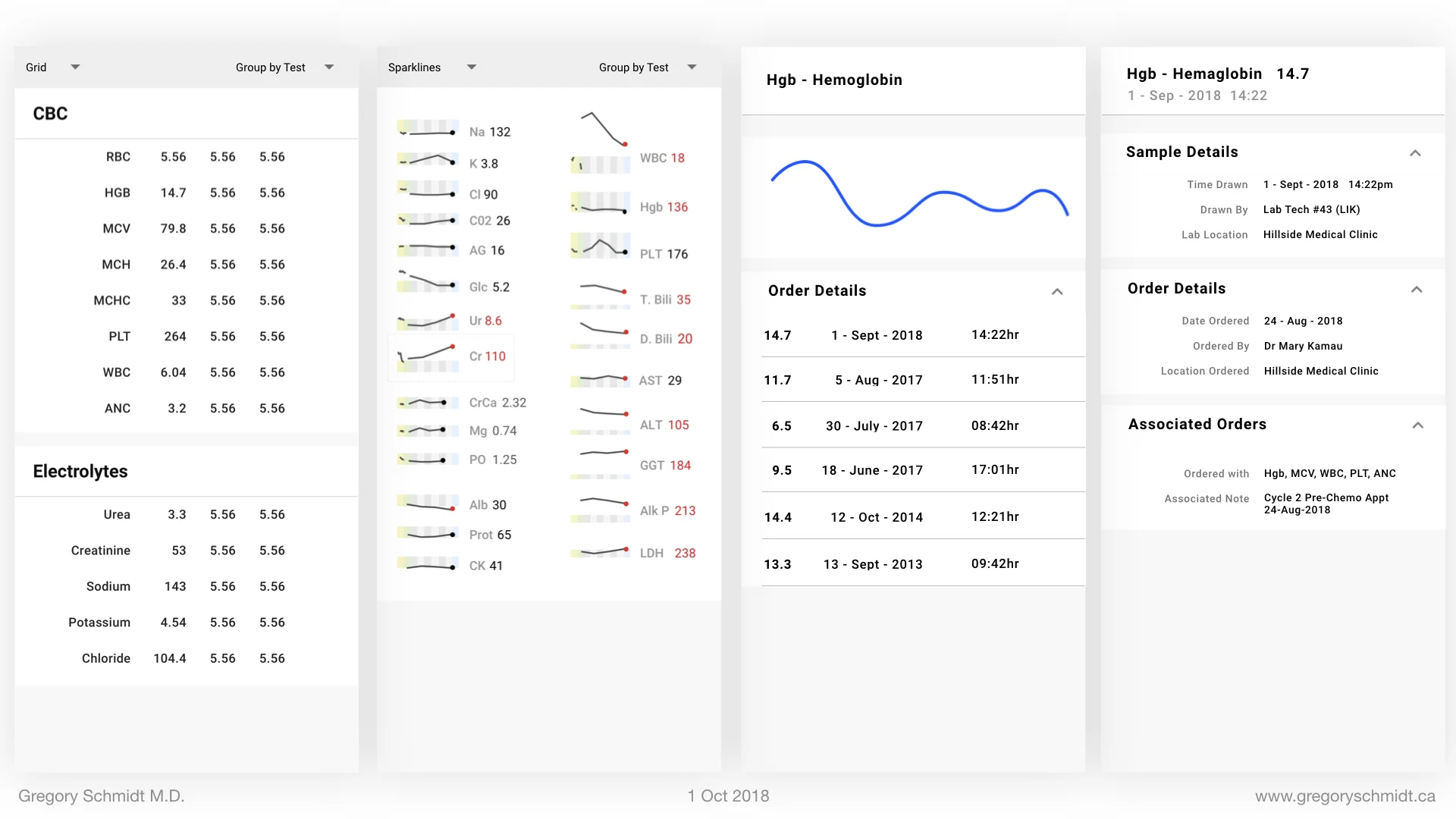This is Chapter 14 of 50 in a summary of the textbook Handbook of Healthcare Delivery Systems. Go to the series index here. Listen on YouTube Playlist, or search your podcast app: Gregory Schmidt
Chapter 14 Summary
Computer Simulation in Healthcare
Chapter Authors
Sean Carr - North Carolina State University
Stephen D. Roberts - North Carolina State University
Some Commentary
I will admit, I don’t entirely understand the details of how these models are created. It would be helpful to see some full examples to understand the inputs required, and possible outputs.
This book was published in 2010 - I’m sure the methods and application of computer simulation in healthcare has evolved significantly since publication.
1. Why simulation in healthcare?
Computer Simulation allows one to run experiments. This is helpful because “healthcare delivery systems have many random components and that these components interact in many complex ways”. In addition to randomness, simulation is difficult because healthcare includes “unknown variables”.
Unlike models in other industries where the model may include machines or widgets, healthcare involves models of people - both on the “customer” and “server” side. This is hard. Difficulty also arrises as healthcare worker may stand in and at times assist by doing another worker’s job adding to the complexity of the models.
Computer simulation in healthcare is not to be confused with Healthcare Simulation; that involves re-creating events the physical world for healthcare works to practice procedures and safety.
Use of Simulation in healthcare
Simulation has been used most often in the emergency department. Such as to model wait times, length of stay, staffing, and patient flow. Outside of the ER simulation is used for operational models such as schedules for patients, operations, and clinicians.
Outside of institutions, simulation is used to predict population health issues such as infectious disease patterns, hospital evacuation, and bioterrorism.
2. Creating Simulation Models
The chapter proposed five steps:
“1. the system definition
2. the development of the conceptual model
3. the creation of the simulation program
4. the creation of numerical results
5. the final recommendations”
A crucial part of the process is validation of the results. The final result from a simulation should approximate what expert stakeholders believe is reasonable. Close involvement of the model simulation builders and the subject matter experts is needed.
In order to do simulations one needs data; data is first used to build the simulation and then to do a validation process. Healthcare has lots of financial data, but there is a glut of system performance data. As discussed in prior chapters, collecting more healthcare system performance data is an important theme.
If one was to create a simulation for healthcare operations, the first part of using data is to look at its distribution. A ‘normal’ or symmetric distribution is often not used, but typically processes fall into a distribution with a longer tail to the right. Such a distribution more closely mirrors a ‘model of service processes’. The data in models of ‘arrival processes’ is often random and change over time making it harder to fit into a distribution.
Simulation packages exist, and have different models that can be used based on the needs.
3. Simulation Model Approaches
Monte Carlo Simulation
This simulation helps model processes with random interactions of random variables. The text suggests used for “single-period inventory problems, such as the number of transporters required in the hospital on a certain day, the number of surgical suites to be built in a new facility, or the number of spaces in the parking lot”.
Discrete-Event Simulation
Used for time sequential events. Can overlap with work of process mapping.
Object-Orientated Simulation
Models interaction and communication of multiple objects (eg. nurses, doctors) on each other.
Systems Dynamics Modeling
Models the interaction of multiple systems on each other - for instance how emergency room usage is affected by increasing or decreasing insured populations, uninsured populations, and the cost of treatment. Also used to model spread of disease.
Agent-Based Modeling
Models how people interact both independently, and also in group on social behavior such as “swarming, flocking”. Able to model emergency planning, or impact on screening policies for diabetic retinopathy.

